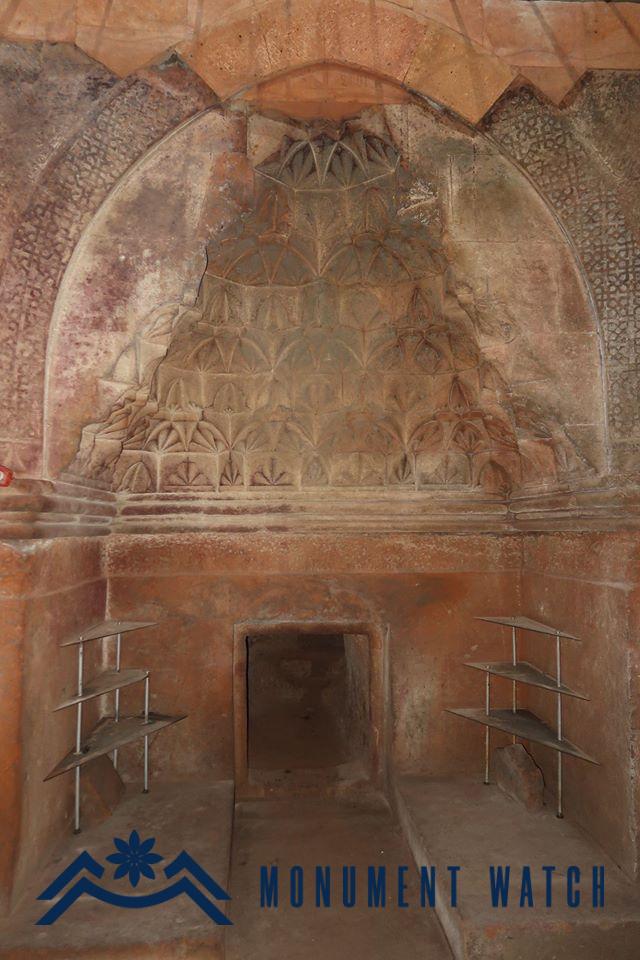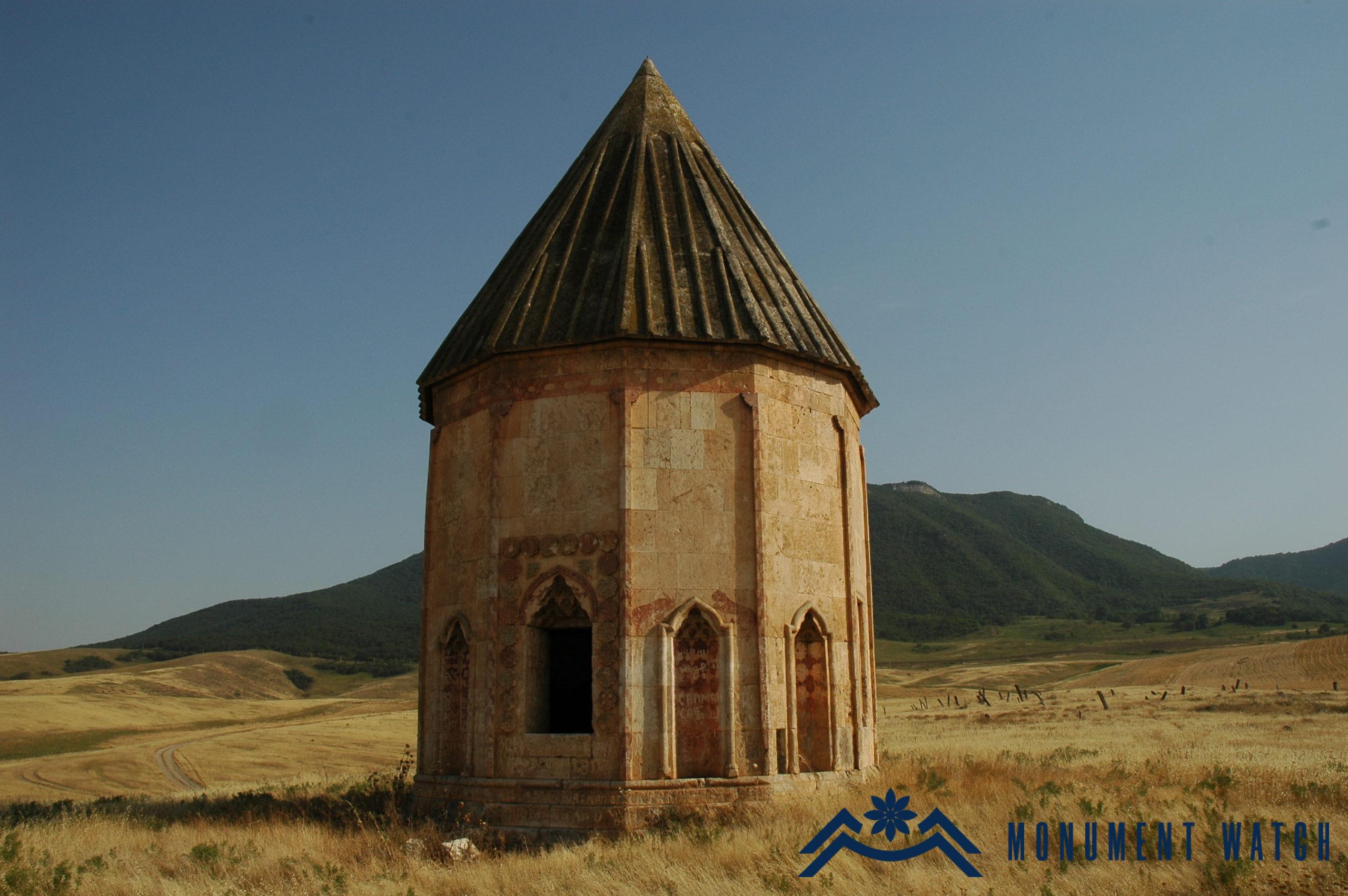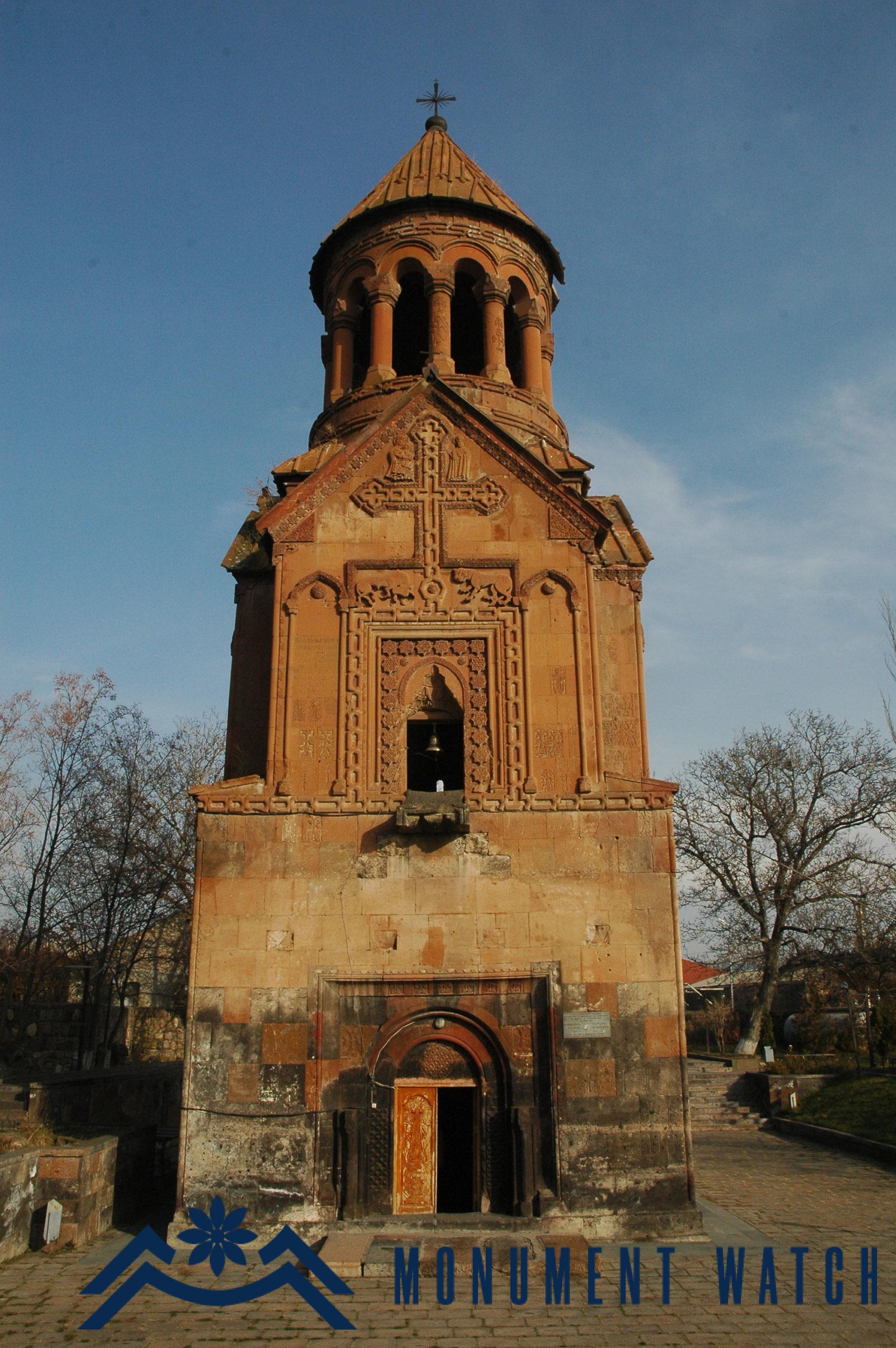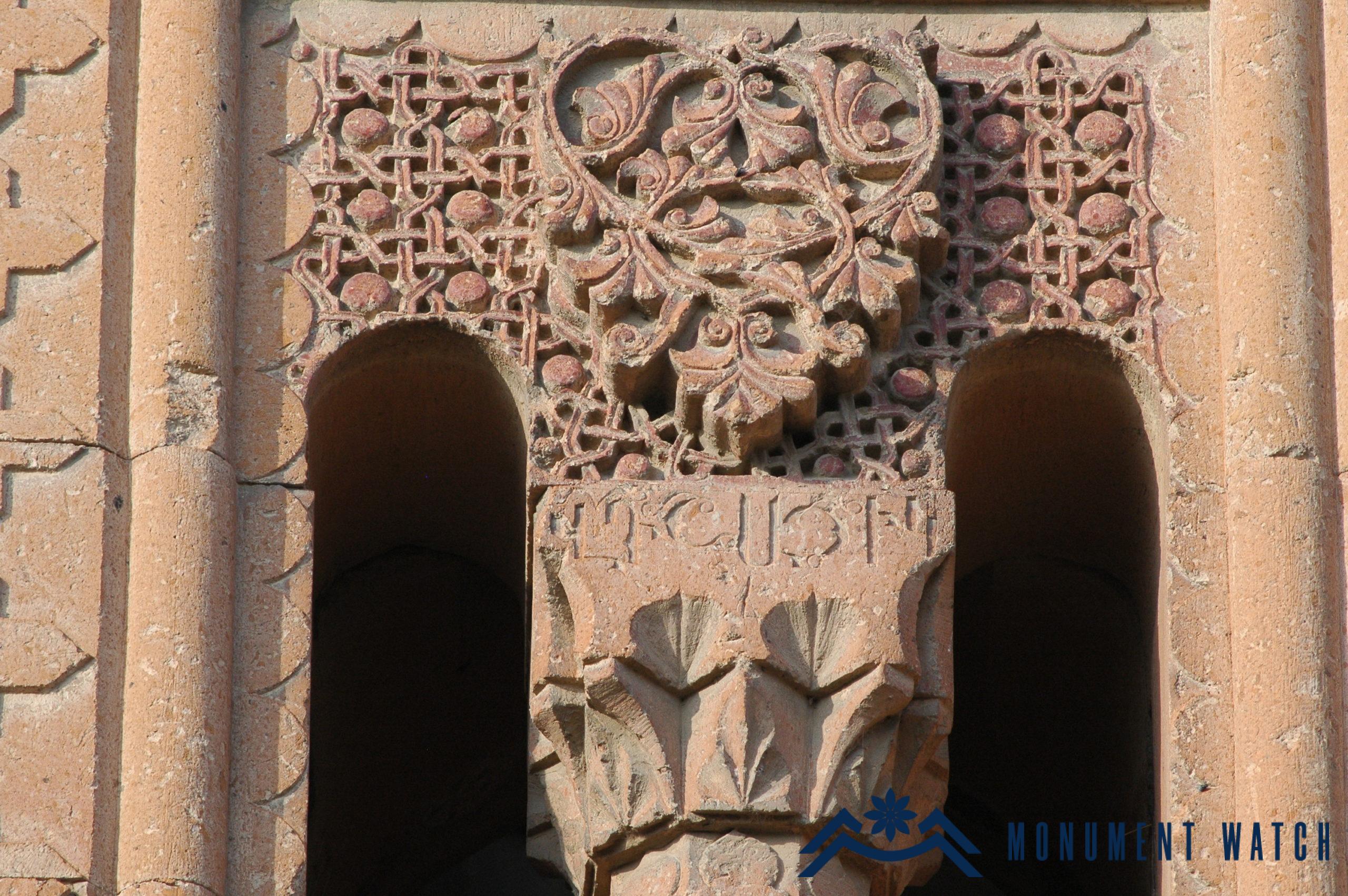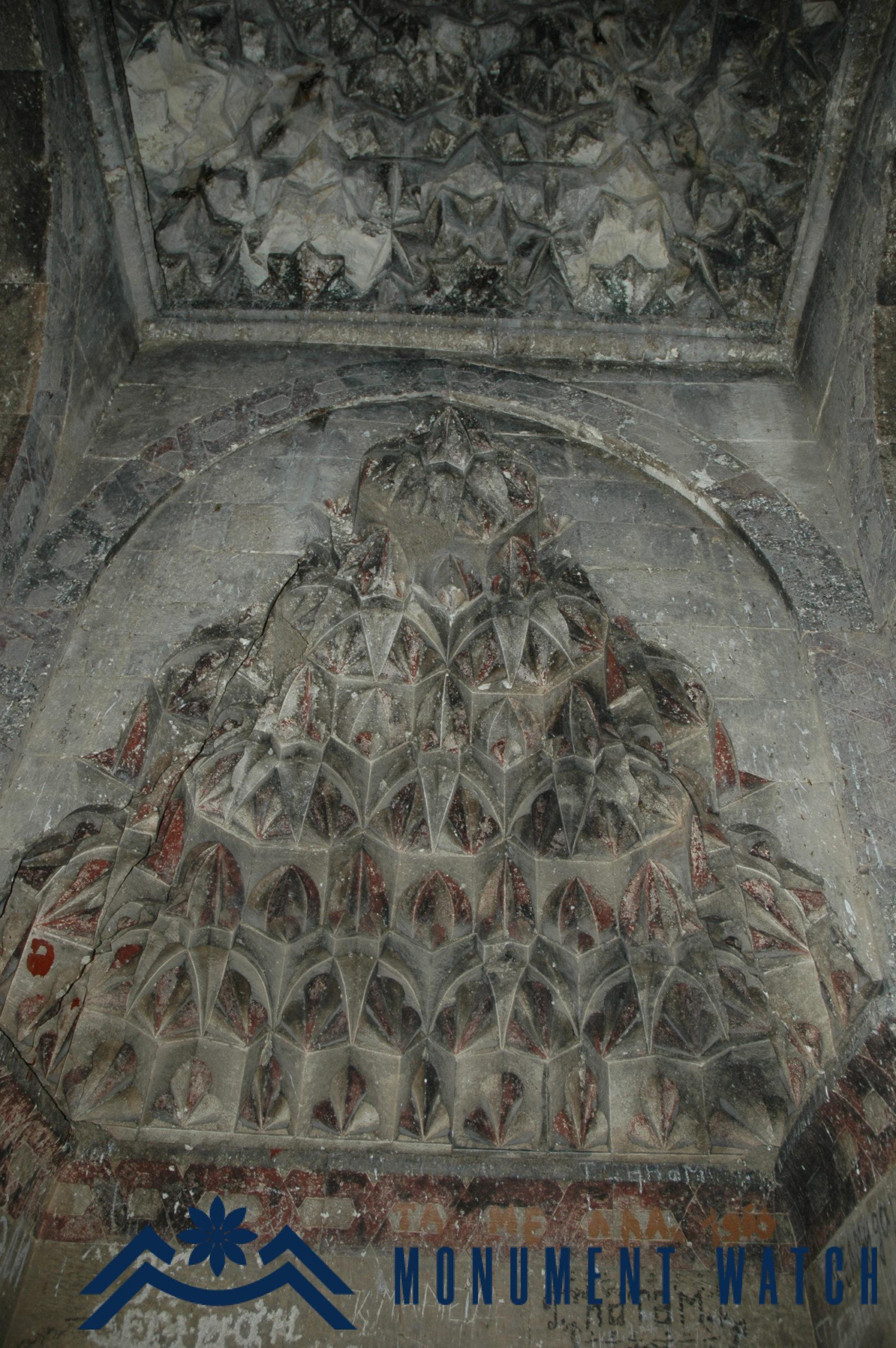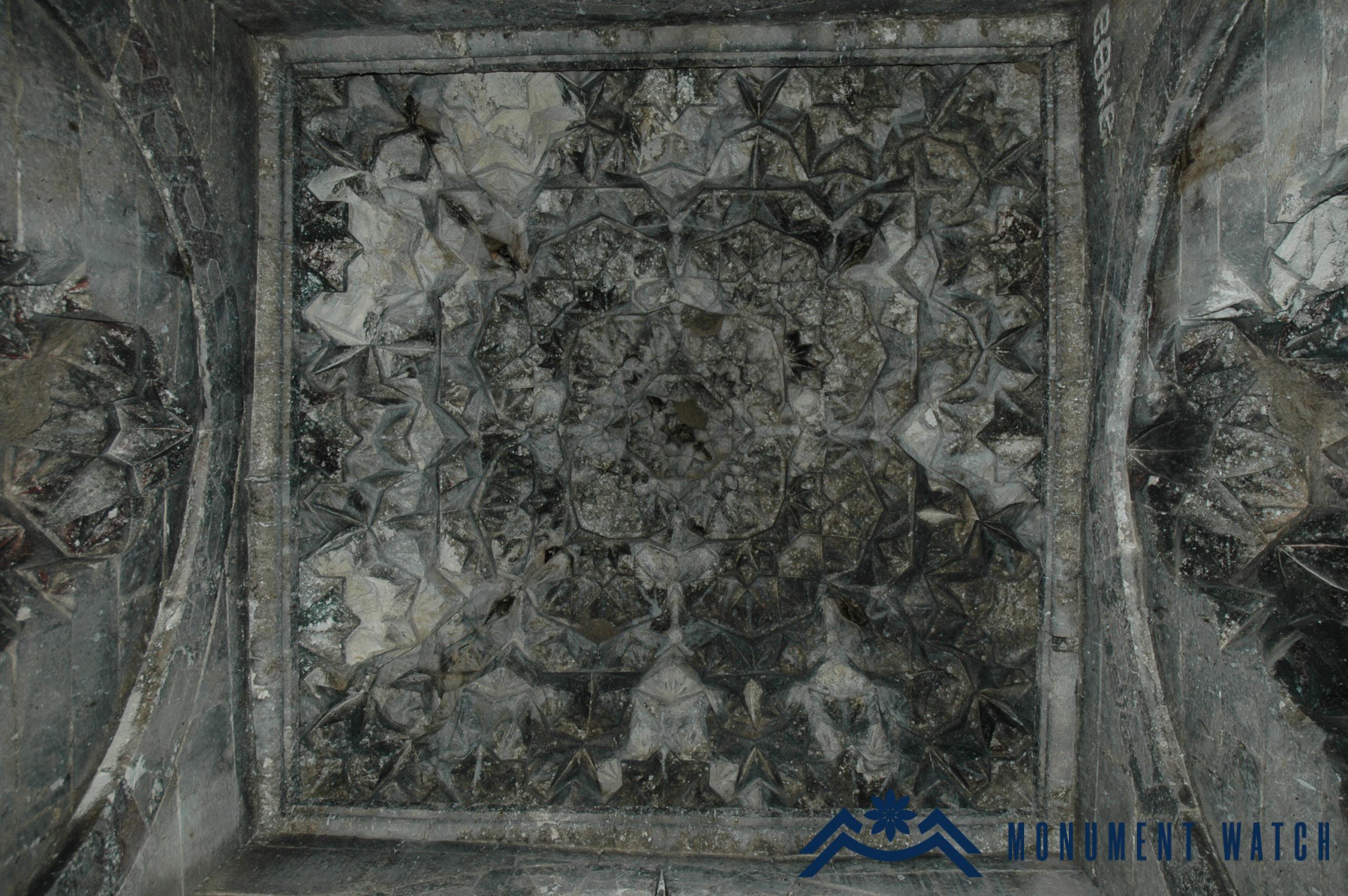About the Muslim mausoleum of Yerevan
An Azerbaijani archaeologist Sabuhi Huseynov has recently written a post on his Facebook page about a Muslim tomb, which was accidentally discovered back in 2001 in the center of Yerevan during the renovations (Fig. 1, 2). In the same year, the archaeologist Husik Melkonyan directed excavations of the newly discovered mausoleum, and the architect Artak Ghulyan took measurements of the structure.
Sabuhi Huseynov, having written a long text about the mausoleum, as always, did not forget to turn to his favorite anti-Armenian topic as well: allegedly after the discovery of the mausoleum, Armenian archaeologists and researchers obscured its existence from the scientific community and even from Armenians. The Azerbaijani archaeologist is trying to present this mausoleum as a typical element of Azerbaijani culture, and to explain this way the fact of its concealment by Armenian scientists, who sometimes even passed it off as a Mongolian monument in order to hide an undesirable reality.
In another publication, he notes that there are none of scientific publications about this tomb, and that he learned about the discovery by accident from a news report in 2001, to which he refers. He claims the presence of the Armenian and Arabic inscriptions on the wall of the excavated mausoleum to be an obvious lie and a distortion of reality on the part of the Armenian side. Huseynov also claims that the Armenians deliberately concealed the monument, and that the nightclub was built on the ruins of the structure, which is considered a sacred place for Azerbaijanis.
Not focusing on such an absurd statement made by an Azerbaijani archaeologist, let us recall that the mausoleum was discovered during construction work that was carried out in the basement of an existing and working club. Work was suspended, excavations were started. Archaeologist Husik Melkonyan, who conducted the excavations, mentioned this mausoleum in his scientific publications. The Yerevan Muslim mausoleum was mentioned and was also described by other Armenian researchers (for more details, see: Kalantaryan A., Melkonyan H., Archaeological works in Armenia in 1990-2003, Yerevan, 2005, pp. 121-122; Melkonyan H., The newly discovered mausoleum in the center of Yerevan, "Hay arvest", 2002, v.1, p. 23; Kortoshyan R., The Arabic inscriptions of Khachen-Dorbatli mausoleum, "Vardzk", 2020, v.14, p.39; Harutyunyan A., The church - bishop’s residence of Old Yerevan, Holy Etchmiadzin, 2021, pp. 39-42).
For example, the architect L. Bretanitsky, who described the Muslim mausoleum of Khachen in details (Fig. 3), saw a clear similarity between that and the church-mausoleum of Yeghvard (Fig. 4, Bretanitsky, 1961, 228, 232). The architect of the St. Astvatsatsin church-mausoleum built in 1301 in Yeghvard was the master Shahik-vardapet, as evidenced by the inscription left on a capital of one of the windows (Fig. 5): “V[ar]d[apet] Shahik” (Hovsepyan 1921-1922, 184). The upper (ground) part of the mausoleum of Khachen resembles the dome of a church, and many elements of the decor and architecture of the mausoleum of Khachen find parallels with the Church of St. Astvatsatsin in Yeghvard. The name of Shahik the architect is mentioned in the Arabic inscription of the mausoleum of Khachen (read about the master Shahik here, and about the similarities and parallels between the mausoleum of Khachen and the Church of St. Astvatsatsin in Yeghvard, read more here).
The architect Shahik also built the mausoleum located in the center of Yerevan. Just like the mausoleum of Khachen, that represents a cross in plan, and the “arms of the cross” are crowned with stalactite vaults (Fig. 6, 7). The entrance of the Yerevan mausoleum bears inscriptions in Armenian and Arabic. The Armenian inscription says: “Shah[i]k v[ar]d[apet]. The 768th (1319 year)", and the Arabic: "The son of Ghmausi Kal Musha, in the 720th Hijri year (1320/1321)". Researcher R. Kortoshyan, who gave a detailed presentation of the inscription of the Khachen mausoleum in Arabic, believes that the customer mentioned in that inscription is the son of Musha, the customer of the Yerevan Muslim mausoleum (Kortoshyan 2020, 39).
The existence of the mausoleum is not a secret to the public, it has never been hidden. Moreover, various Armenian researchers referred to this monument in their interviews and publications on social networks. Armenian scientists have never concealed or denied the links between the Armenian culture and Christian, Islamic and other cultures of neighboring peoples. As a result of these interactions, each of them acquired new characteristics, enriched with new achievements. The Muslim mausoleums of Yerevan, Khachen, Vanotsa and other monuments are the best proof of this.
Bibliography
- Kalantaryan A., Melkonyan H., The archaeological works in Armenia in 1990-2003, Yerevan, 2005 (in Armenian)
- Melkonyan H., The newly discovered mausoleum in the center of Yerevan, “Hay arvest”, 2002, v.1 (in Armenian)
- Kortoshyan R., The Arabic inscriptions of Khachen-Dorbatli mausoleum, “Vardzk”, 2020, v.14 (in Armenian)
- Harutyunyan A., A Church – bishop’s residence of Old Yerevan, Holy Etchmiadzin, 2021 (in Armenian)
- Hovsepyan G., The Azizbeks and their construction business, Bulletin of the Scientific Institute of Armenia, book A and B., Yerevan, 1921-1922 (in Armenian)
- Bretanitsky L., Krupkin E., Mamikonov L., The mausoleum at the village of Khachen-Dorbatly, Soviet archeology, 1961, N 4 (in Russian)․
